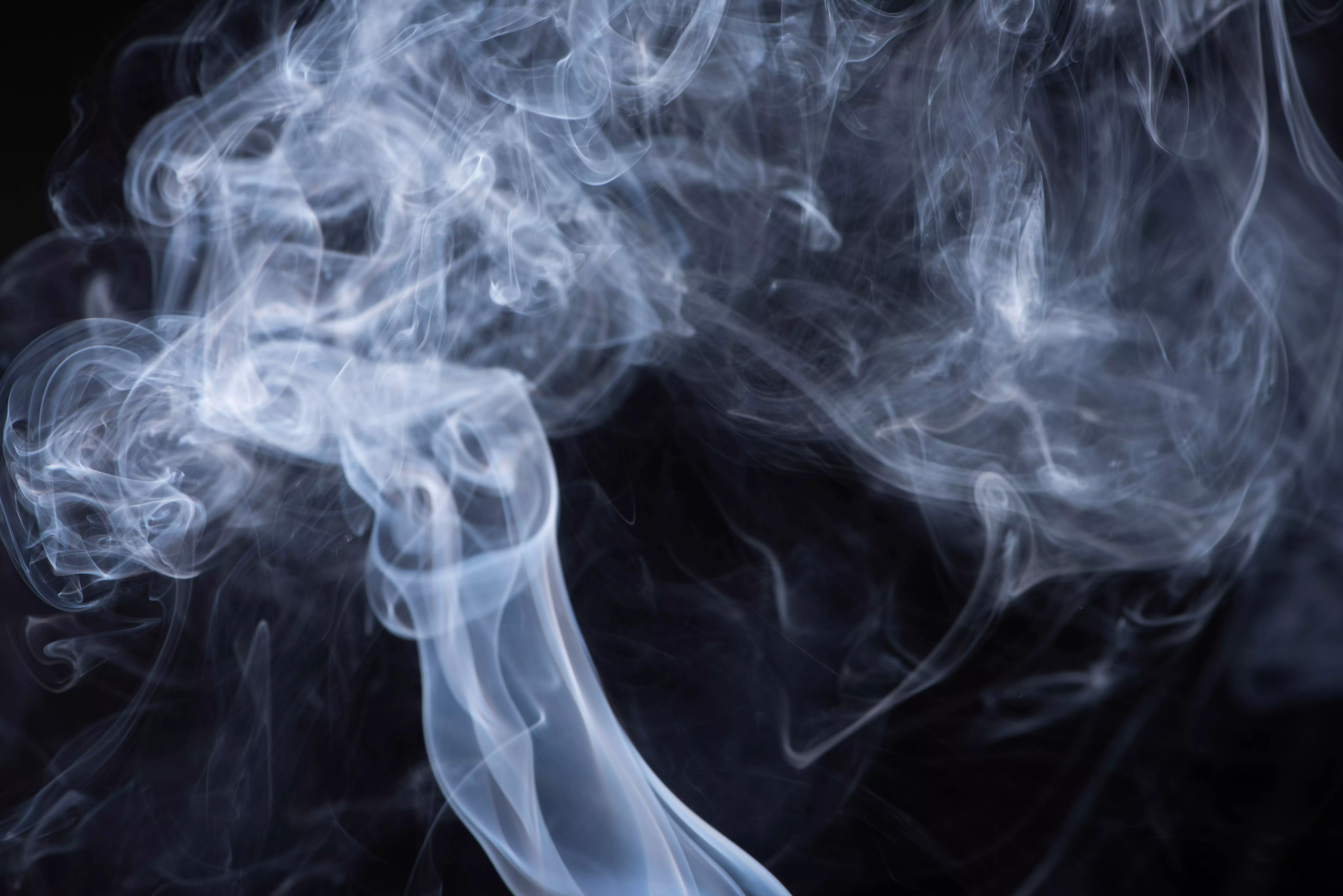Passive smoke, or tobacco smoke inhaled by non-smokers, is a serious public health threat. Among the many harmful health effects associated with secondhand smoke, cancer risk is one of the most alarming. This article discusses the links between secondhand smoke and cancer.
Comments
Like it!

